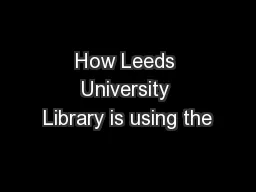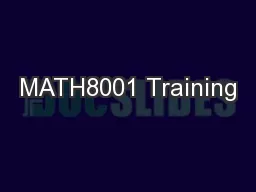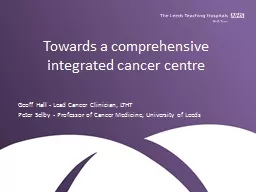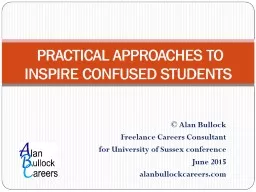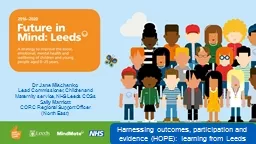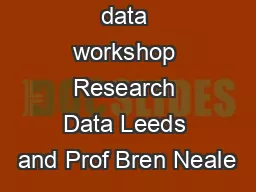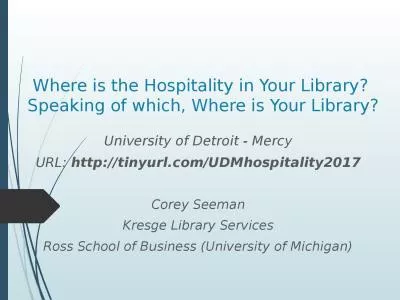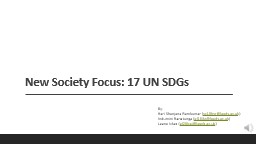PPT-How Leeds University Library is using the
Author : briana-ranney | Published Date : 2018-02-23
Copac Tools Maureen Pinder Wesline conference 2 nd September 2013 What were trying to do at Leeds Were trying to categorise our collections Heritage legacy selfrenewing
Presentation Embed Code
Download Presentation
Download Presentation The PPT/PDF document "How Leeds University Library is using th..." is the property of its rightful owner. Permission is granted to download and print the materials on this website for personal, non-commercial use only, and to display it on your personal computer provided you do not modify the materials and that you retain all copyright notices contained in the materials. By downloading content from our website, you accept the terms of this agreement.
How Leeds University Library is using the: Transcript
Download Rules Of Document
"How Leeds University Library is using the"The content belongs to its owner. You may download and print it for personal use, without modification, and keep all copyright notices. By downloading, you agree to these terms.
Related Documents

